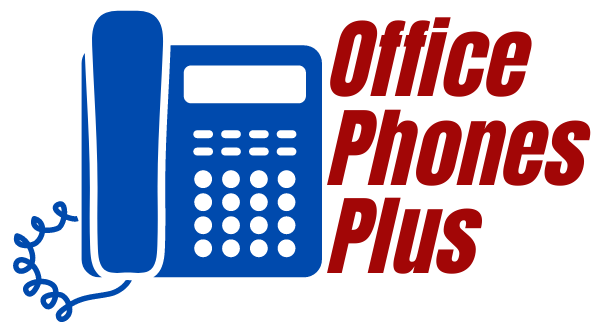The Internet Access Checklist for Businesses Moving Locations
Moving your business to a new location can be exciting—new opportunities, more space, better amenities. But amid all the logistics and lease paperwork, there’s one critical item that often gets overlooked until it’s too late: internet access.
In today’s connected world, internet connectivity is as essential to business as electricity or water. Without it, your phones don’t work, your point-of-sale system crashes, your team can’t access cloud-based tools, and your customers can’t reach you. That’s why evaluating internet access should be part of your pre-lease checklist, not an afterthought.
Here’s what you need to know—and do—before you make your move.
1. Check Internet Types and Providers Before Signing a Lease
The No. 1 mistake businesses make when relocating is assuming all commercial spaces have access to high-speed internet. In reality, not all locations are created equal.
Some buildings in urban areas may have access to fiber from multiple providers. Others—even in business parks—might only offer basic DSL, satellite, or fixed wireless. These lower-tier services might work for a home office, but they’re often insufficient for even small businesses.
Before you sign anything, research the types of internet available at the address:
- Is there fiber? Cable? Fixed wireless?
- Which providers are already serving the building?
- What speeds are available—and at what cost?
You can use ISP coverage maps, online availability tools, or even call providers directly. Better yet, ask the landlord for a list of current internet tenants and services in the building.
2. Understand Installation Timelines
Even if fast internet is available, getting it up and running can take much longer than expected. Business-class internet—especially fiber—doesn’t always come with quick turnaround.
Installation timelines can vary from a few days to several weeks—or even months. Delays may occur due to:
- Permitting requirements
- Trenching or conduit work
- Coordination with building management
- Backlogs with the provider
This means you can’t wait until the last week of your lease to think about connectivity. If you plan to move operations by a specific date, you need to start the internet setup process as soon as you start seriously considering the location.
Waiting too long may lead to costly downtime, temporary hotspots, or last-minute workarounds that hurt productivity.
3. Use Internet Availability as a Lease Negotiation Tool
Here’s a tip many businesses overlook: You can use internet limitations to your advantage during lease negotiations.
If a space lacks modern connectivity or fiber access, that’s a weakness—and one you can turn into leverage. Consider negotiating:
- A rent reduction to offset the cost of adding internet
- A build-out credit to help cover installation or infrastructure upgrades
- Early access to the space (before your official lease begins) to allow time for setup
- Landlord cooperation in coordinating with ISPs or allowing roof/easement access
Connectivity isn’t just a convenience—it’s a utility. If the space lacks essential infrastructure, that’s a business risk. Don’t be afraid to treat it as one during lease discussions.
4. Involve Your Tech Consultant Early
If you work with an IT provider, managed service provider (MSP), or in-house tech expert, involve them early in the site selection process. Too many businesses wait until the lease is signed to bring in their tech team—only to find out there are serious challenges to getting up and running.
Your consultant can:
- Check internet availability and speed potential
- Talk directly with ISPs to get accurate estimates
- Review internal cabling and layout needs
- Plan the internal network (Wi-Fi, phone systems, security cameras, etc.)
They can even help identify red flags like buildings with outdated cabling or poor signal coverage. Getting their input upfront ensures you’re not stuck with a space that looks good on paper but can’t support your day-to-day operations.
The Business Internet Access Checklist
Before you sign that lease or schedule your moving trucks, run through this essential checklist:
- Research available internet providers at the new location
- Confirm what types of internet (fiber, cable, etc.) are available
- Ask the landlord about existing infrastructure and any past tenant issues
- Get installation timelines and cost estimates in writing
- Use poor connectivity as a negotiation tool
- Involve your IT consultant or MSP early in the process
- Plan your internal networking needs well before moving day
Plan Ahead to Stay Connected
A successful move isn’t just about space—it’s about stability. And nothing destabilizes a business faster than being offline for days or weeks after moving in. Reliable internet access is essential for everything from communication to sales to customer service.
The good news? With a little proactive planning and the right questions, you can avoid internet delays, surprise fees, and productivity nightmares. Think of your internet plan as part of your move-in strategy—not something you’ll “figure out later.”
Because if your business can’t connect, it can’t operate. Our team at Office Phones Plus wants to help you navigate all the complications of moving and ensuring you have communication right from the start. Give us a call at 410-834-4900

